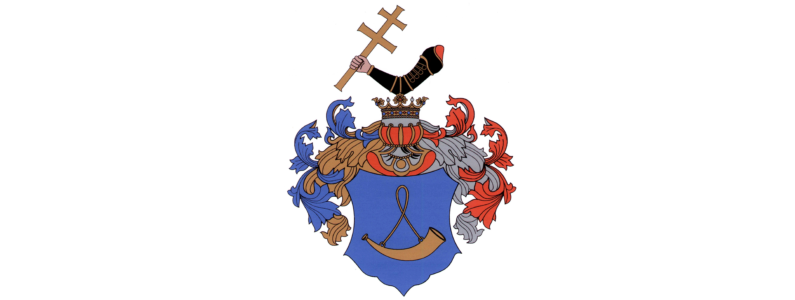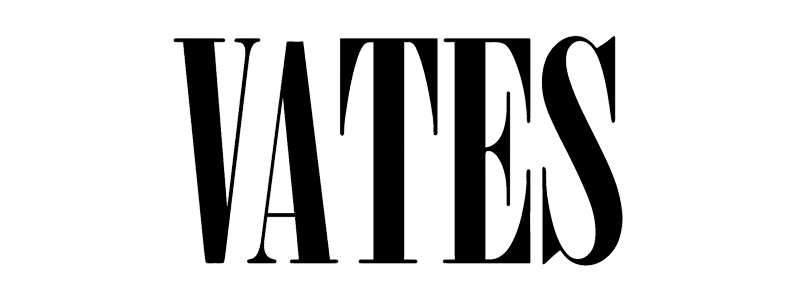The Hunza Valley is located at the northernmost tip of Pakistan, where Pakistan meets Russia and China. Its location is breathtaking; there are no less than six mountain ranges in this area. The average height …
The Hunza Valley is located at the northernmost tip of Pakistan, where Pakistan meets Russia and China. Its location is breathtaking; there are no less than six mountain ranges in this area. The average height …
On the border of the three countries of South Africa, Mozambique and Swaziland, lies Count Wass Albert Senior, the writer’s uncle Wass Albert, II. hero of the Anglo-Boer War. Count Wass Albert Sr. was born …
The Camp Marmal NATO base is located in Mazar-e Sharif, Afghanistan. The small town-scale fortress under German command almost never receives any civilians, but they made an exception with the crew of Hungaricums Around the …
There is an orphanage deep in the Kenyan mountains, which is maintained by a Hungarian organization. The Taita Foundation has been operating for more than 10 years, and Hungarian volunteers come here regularly. The predecessor …
One of the most beautiful and oldest countries in the world: with Confucius, the gunpowder, and of course communism. It gave so much to the world that we can’t even list but China also has …
Tragedy struck Smithtown, Pennsylvania in December, 1907 when 239 men and boys died in a mining explosion. The Darr Mine disaster was caused by miners carrying open lamps in mismarked areas and was one of …
Szeretnénk, ha hozzájárulhatnánk ahhoz, hogy ne szűnjön meg a magyar világlátás Bécsnél és az „Óperencia” kereteit kitágíthassuk, amennyire csak lehet.
Iratkozz fel YouTube csatornánkra! / Subscribe to our YouTube channel!
Kövess minket Instagramon!


























